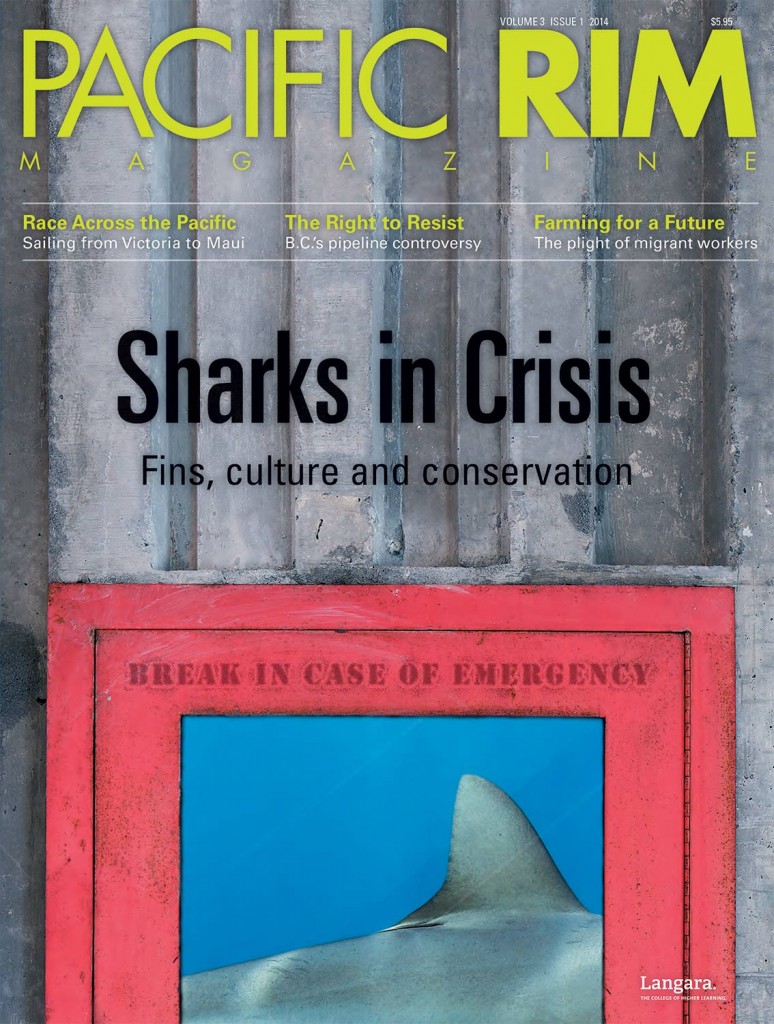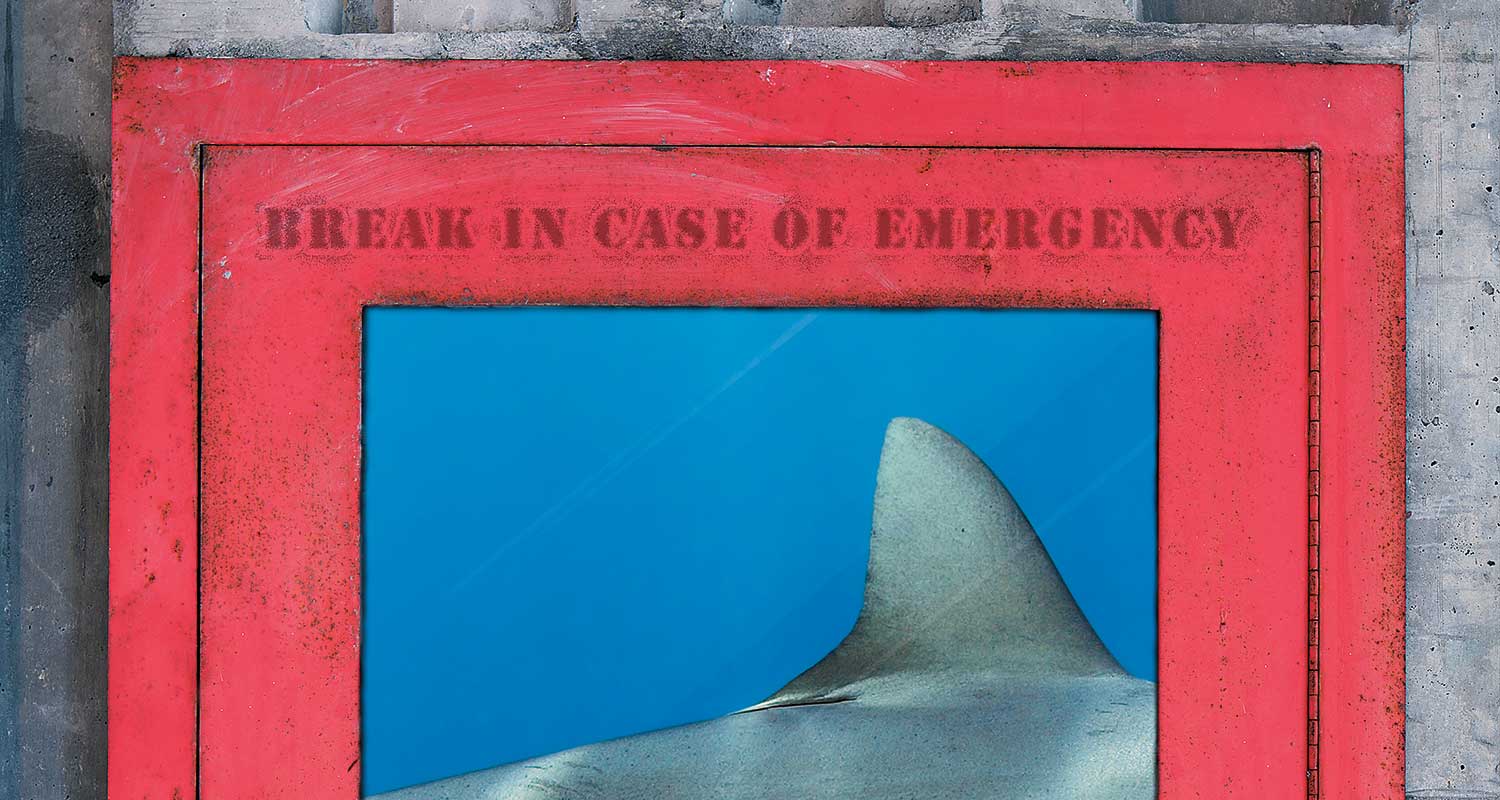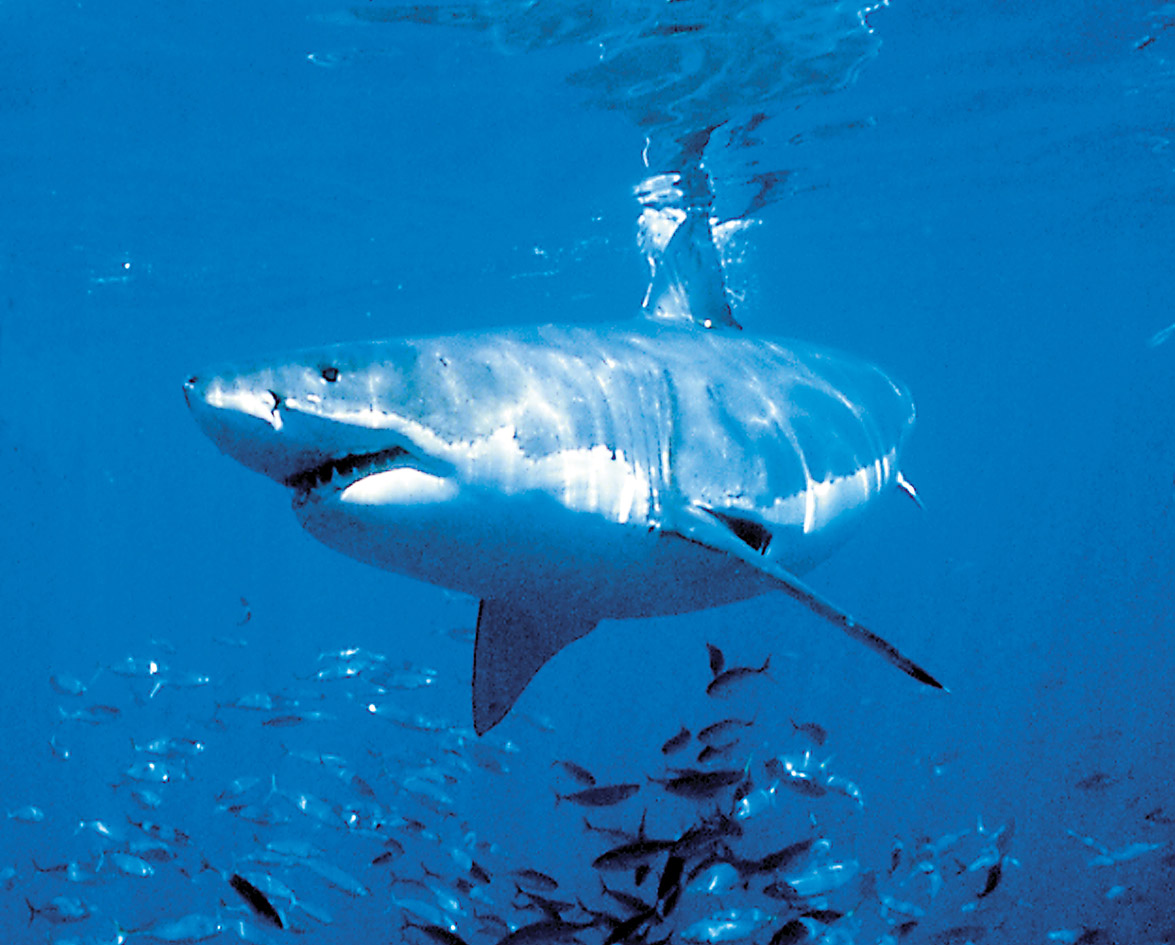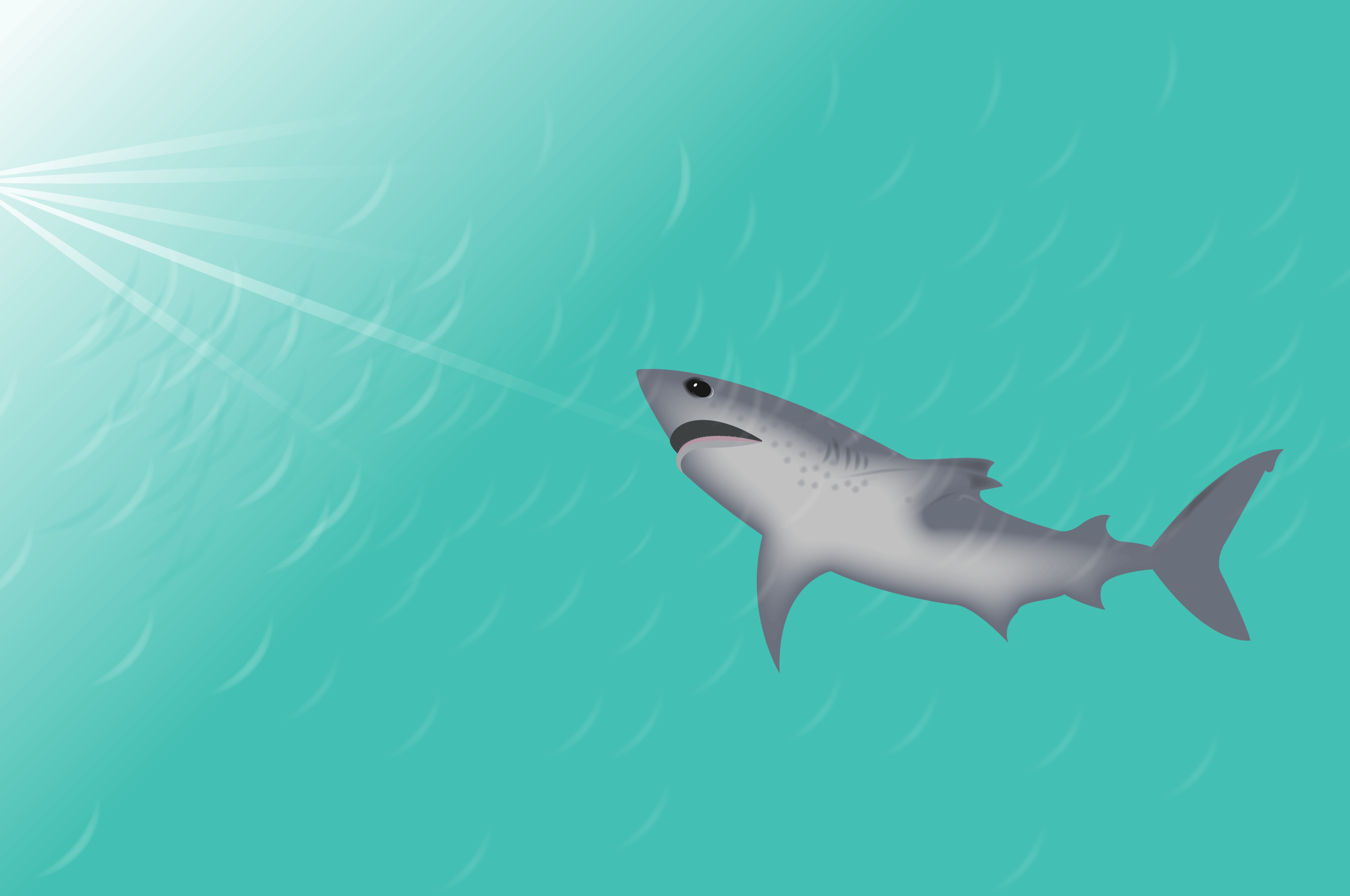In 1975, the movie Jaws tainted the way people perceive the great white shark: the infamous shark from the film. But the great white shark is not the villainous, vengeful killer Hollywood would have you believe.
According to the Shark Research Institute, the great white can grow to be 18 to 20 feet, with some growing as large as 26 feet. The great white is an elusive, solitary and curious animal. Because sharks do not have limbs, they use exploratory bites to determine what is and is not food. Great whites feed on seals and other aquatic mammals: animals that are thick with fatty tissue. Humans are not on the menu and are often released after a single bite. Unfortunately, due to the size and power of these animals, that single bite can do catastrophic damage.
Luckily, according to the Florida Natural History Museum, of the approximately 400 species of shark only 30 have been involved in human attacks. On average, shark attacks account for about 70 injuries and result in 5 to 15 deaths every year. To put that in perspective, more people are killed or injured by hippos, lightning, and even shopping-related incidents on Black Friday, than by sharks. In contrast, it is estimated that as many as 100 million sharks are killed each year—11,417 every hour—due to fishing practices.











